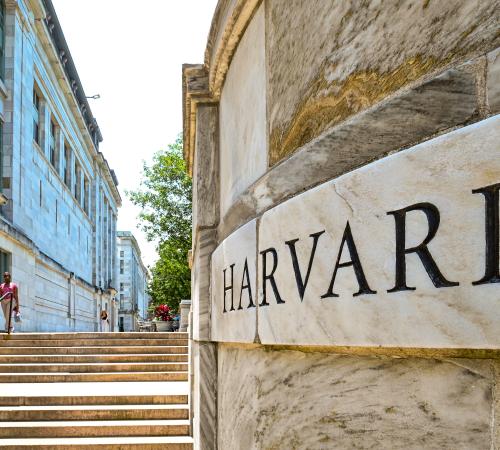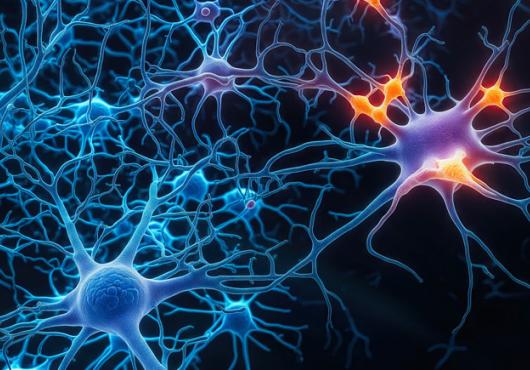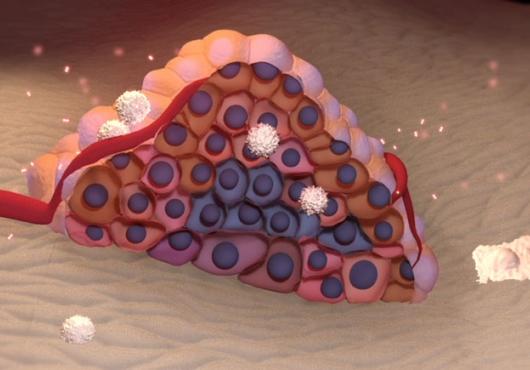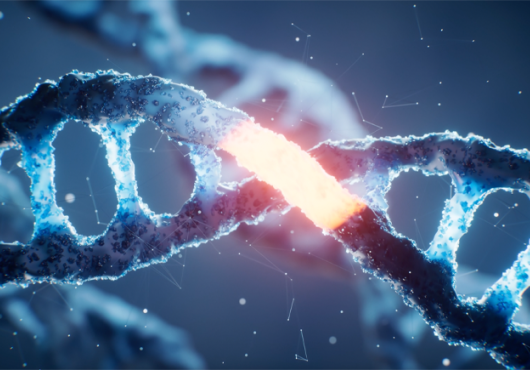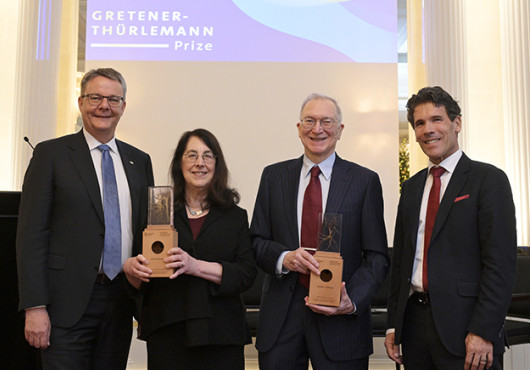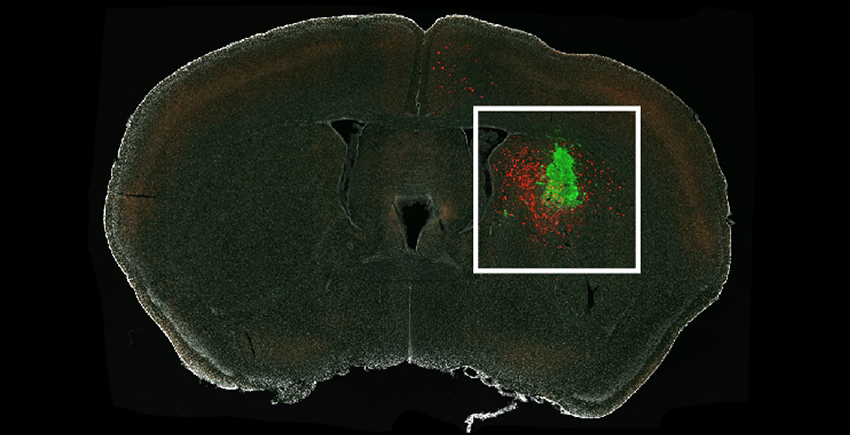
At a glance:
In an effort to understand what drives growth and recurrence of gliomas, researchers provide the first profile of the neurons that connect to them.
Gliomas are the most common brain cancers. One type, glioblastoma, is the deadliest.
The work, conducted in mice, provides a foundation for identifying new glioma treatment strategies and demonstrates a way to advance understanding of interplay between tumors and the nervous system more broadly.
Every week, Harvard Medical School neuro-oncologist Annie Hsieh treats patients with gliomas — the most common type of brain cancer, including the deadliest, glioblastoma.
After Hsieh’s neurosurgeon colleagues remove a glioma surgically, it often looks like none of the cancer is left behind, she says. Radiation and other treatments may follow. Yet gliomas tend to come back, not just at the original site but in distant parts of the brain, threatening neurological harm and, in some cases, death.
What’s happening in the brain that encourages these tumors to regrow there — while only rarely appearing in other parts of the body — has stumped scientists for decades and made gliomas one of the hardest-to-treat cancers. It’s a question that physician-scientist Hsieh has long wanted to answer.
Now, she and HMS collaborators have filled in a piece of the puzzle by providing the first look at the types of neurons in the brain that connect to gliomas. Findings are reported Dec. 4 in PNAS.
Profiling the identities and properties of such glioma-innervating neurons in mice provides new insights into what drives the cancers’ formation and spread in the brain and how researchers might develop new treatment strategies to stop them from coming back.
Authorship, funding, disclosures
Additional authors include Sanika Ganesh, Tomasz Kula, Madiha Irshad, Emily A. Ferenczi, Wengang Wang, Yi-Ching Chen, Song-Hua Hu, Zongyu Li, and Shakchhi Joshi.
This work was supported the National Institutes of Health (including National Cancer Institute award K12CA090354), Howard Hughes Medical Institute, Lubin Family Foundation Scholar Award, American Academy of Neurology, Burroughs Wellcome Fund, Ludwig Center at HMS, and Glenn Foundation for Medical Research. Confocal images were acquired at the Core for Imaging Technology & Education at HMS, and fluorescence in situ hybridization was performed by the Neurobiology Imaging Facility at HMS.
Haigis received research funding from Agilent Technologies and ReFuel Bio; serves on the scientific advisory boards of Alixia, Minovia Therapeutics, and MitoQ; is on the editorial boards of Cell Metabolism and Molecular Cell; and is a consultant and founder of ReFuel Bio.

